Become a humpback identify specialist
Matching humpback whale flukes can be simple, especially after our scientists have done the preparatory work for us. Humpback whales have a unique pigmentation pattern on the underside of their tail (flukes) much like a "thumbprint" that allows us to identify individual animals.
Humpback whales are one of the easiest species of cetacean to identify individuals. As a big, bulky, buoyant whale, it is very common for the humpback to bring up their tail (fluke) above the water surface before going on a longer deeper dive. The underside of the fluke is the best part of the whale to photograph to determine its identity.
This is like a human fingerprint, unique to each individual whale. The information gained from regular recordings of Humpbacks in the area allows us to learn a great deal about the local population, a single individual might be identified in multiple localities around Iceland and at their possible breeding grounds near to the Caribbean Sea. If seen throughout the year it could indicate that the individual is resident or maybe not yet reached sexual maturity. Seen on a yearly basis could also get an idea of longevity as well getting an insight into their social structures, population size, site fidelity, life history, behaviour, and general wellbeing.
The Fluke
The fluke of the humpback whale comes in the form of many shapes, sizes, patterns and scars. There are three main parts of the fluke we focus on to identify individuals, pigmentation, distinctive marking (scars) and trailing edge shape.
Pigmentation
Black and white form the two permanent colours that make up the patterns of the fluke, other colours, orange or yellow for example, are a temporary coating of diatoms (algae).
Distinctive Markings
This is mainly in the form or obvious scars that are usually circular or linear but can be found in other shapes also. Circular scars are mostly formed by parasitic animals that attach themselves to the skin of whales, for example; barnacles, cookie cutter sharks and lamprey. Linear scars can be in the form of tooth raking from killer whales or entanglement in fishing lines/ropes.
Trailing Edge Shape
The shape of the fluke can also vary a lot, they can be broad or narrow, their fluke can also have been reduced by injury from entanglement, propellers or killer whale attacks.





